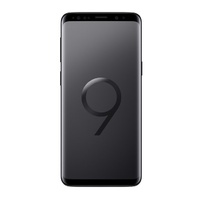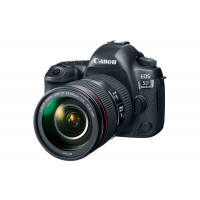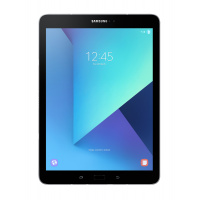Sort:
The average pro reviews rating is 9.4 / 10, based on the 16 reviews.
How we do it
We humanly agregate professional reviews from a number of high quality sites. This way, we are giving you a quick way to see the average rating and save you the need to search the reviews on your own. You want to share a professional review you like?
































Fudzilla‘s review Edit Like Unlike
Nov 21, 2013
www.pcper.com‘s review Edit Like Unlike
Nov 04, 2013
TechRadar UK‘s review Edit Like Unlike
Oct 30, 2013
www.legitreviews.com‘s review Edit Like Unlike
Oct 25, 2013
www.legitreviews.com‘s review Edit Like Unlike
Oct 23, 2013
techPowerUp!‘s review Edit Like Unlike
Oct 24, 2013
www.pcper.com‘s review Edit Like Unlike
Oct 23, 2013
techPowerUp!‘s review Edit Like Unlike
Oct 24, 2013
TechSpot‘s review Edit Like Unlike
Oct 24, 2013
tweaktown‘s review Edit Like Unlike
Oct 24, 2013
AnandTech‘s review Edit Like Unlike
Oct 24, 2013
tweaktown‘s review Edit Like Unlike
Oct 24, 2013
expertreviews‘s review Edit Like Unlike
Oct 24, 2013
Tom's Hardware‘s review Edit Like Unlike
Oct 23, 2013
hardwarecanucks‘s review Edit Like Unlike
Oct 23, 2013
computershopper‘s review Edit Like Unlike
Oct 24, 2013